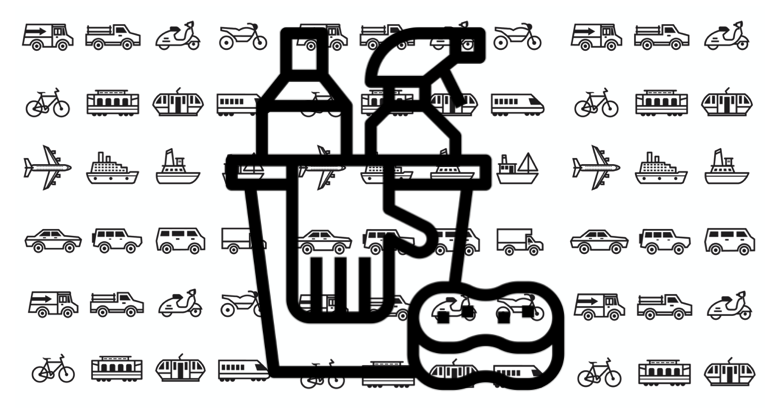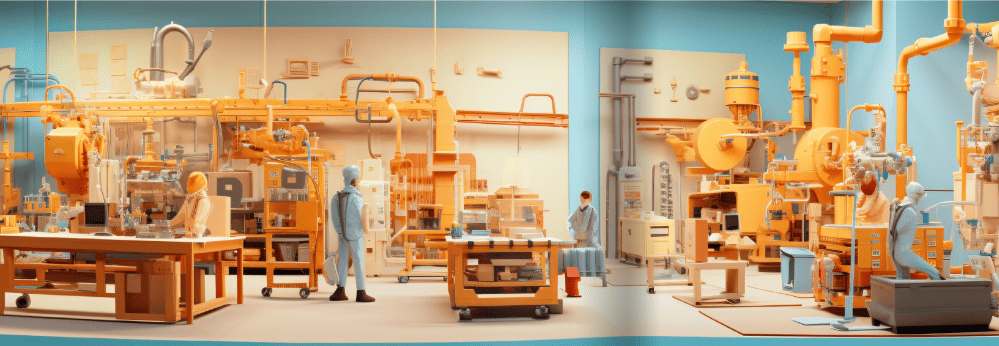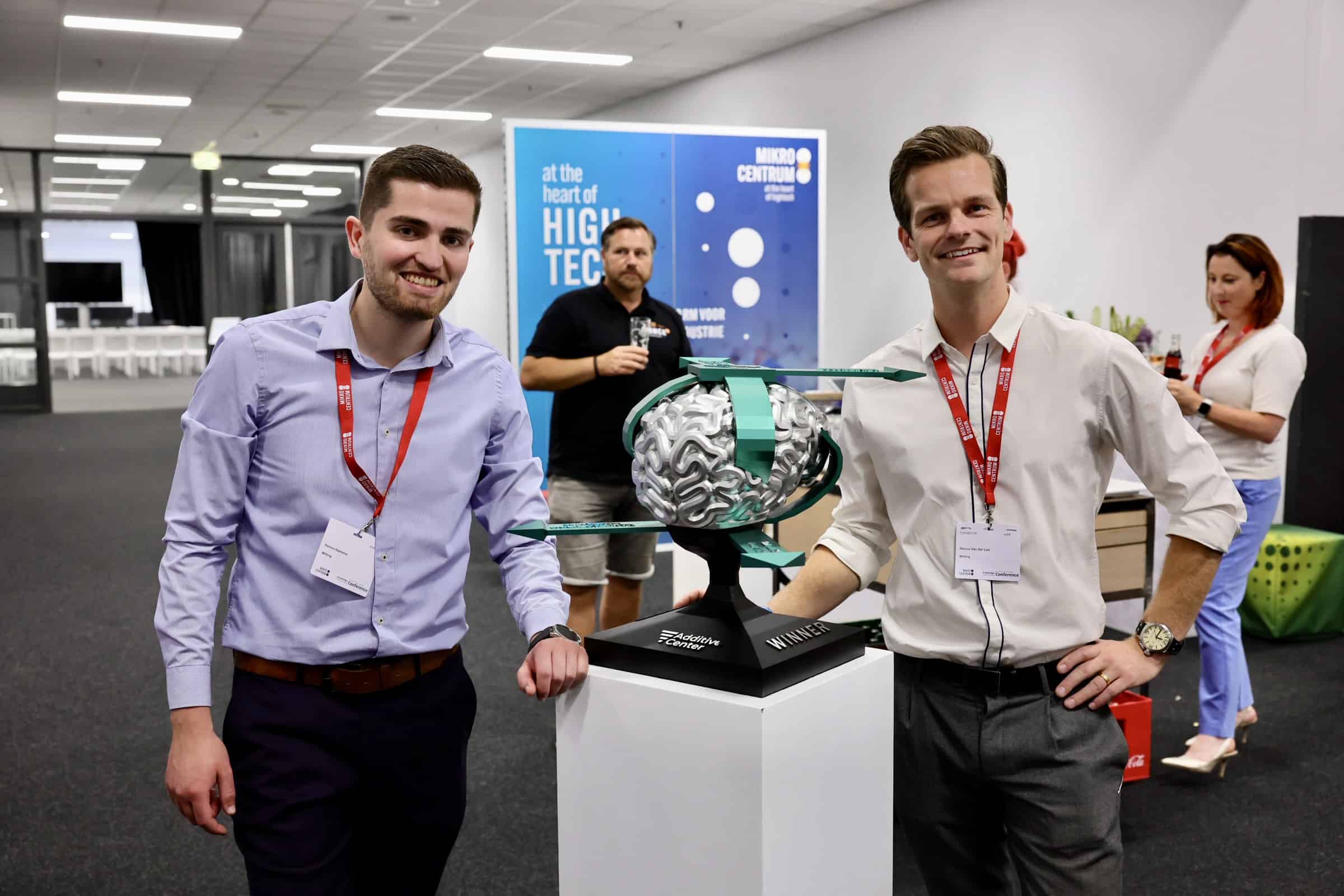
I’ve compared owning a car to having a toilet more than once. You both use them only for a small part of the day and they take up a significant amount of your space, but that doesn’t mean we like to share them outside of our own family. And because you never know exactly when the need arises, most families have more than one of them.

Another parallel is that you keep them both clean and hygienic to a certain extent, according to your own standards. Cleaning your car has always mainly had an aesthetic reason, but there are two additional arguments that go beyond that. Firstly, the far-reaching automation of cars requires that all sensors around the car remain clean. Cameras, radars, infrared sensors, lidars, all have their own problems with insects, rain, frost, snow, or mud.
That’s why most brands place their most important cameras near the rearview mirror, so the wipers keep the view clear. But for example, the cameras at the rear and side of a Tesla are not automatically cleaned. This implicitly means that the cars that are now delivered will never be able to drive fully autonomously with the help of those cameras – which is claimed nevertheless. So the industry is working on extra wipers and nozzles, radar heaters, air blowers, and more to solve this tricky problem.
“Keeping the car clean alone can be more expensive than owning the car itself.”
Carlo van de Weijer
For the often predicted future of shared cars, there is perhaps an even more important part that needs to be kept clean: the interior. Especially with autonomous cars without the need for a driver’s supervision, people will leave dirt and garbage behind. Or worse, knowing that these cabs will become popular with people who have drunk too much to drive themselves. I’ll spare you the details.
General Motors has applied for a patent for automatic cleaning systems. Internal sensors are used to determine how clean the interior is. If necessary, the self-cleaning system can activate various cleaning devices, such as vacuum cleaners integrated into the floor mats and automatic steam cleaners. The system can also warn passengers of possible allergens in the car, including pet dander or traces of peanuts. Uber has applied for a patent for a robotic arm for its cabs that can vacuum the car between journeys.
Still, it will be difficult to keep a car clean without expensive manual work. And that is an often-underestimated success factor for the future of shared cars, to grow beyond the current niche of business mobility or metropolitan passenger transport. After all, keeping the car clean alone can be more expensive than owning the car itself. As a result, the Parisian Autolib car-sharing system has largely failed; people quickly found the cars far too dirty to use.
The dream of a fleet of autonomous cabs that will fulfill a significant part of our mobility requires not only a self-driving car but also a self-cleaning car. Otherwise, car sharing will remain just as successful as toilet sharing.
Maarten Steinbuch and Carlo van de Weijer are alternately writing this weekly column, originally published (in Dutch) in FD. Did you like it? There’s more to enjoy: a new book with a selection of these columns has just been published by 24U and distributed by Lecturis.








